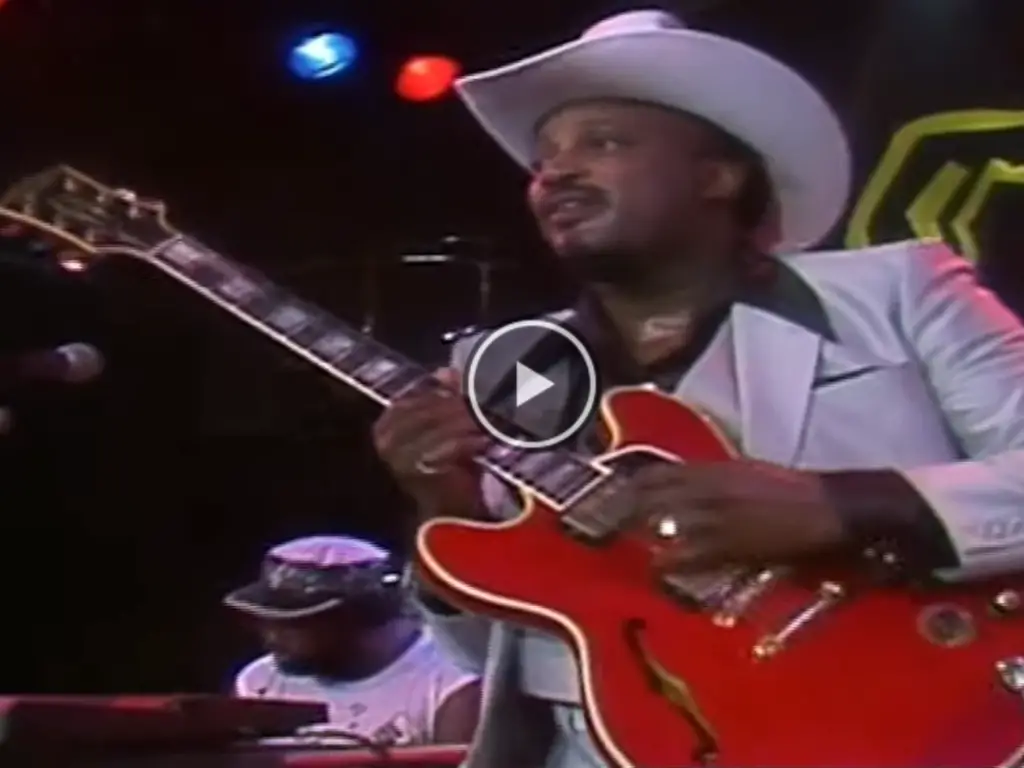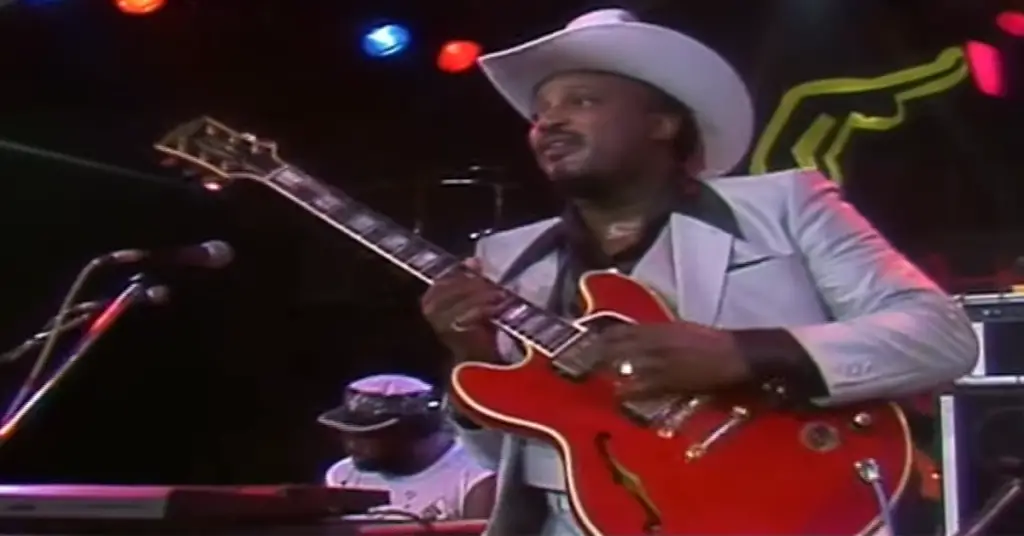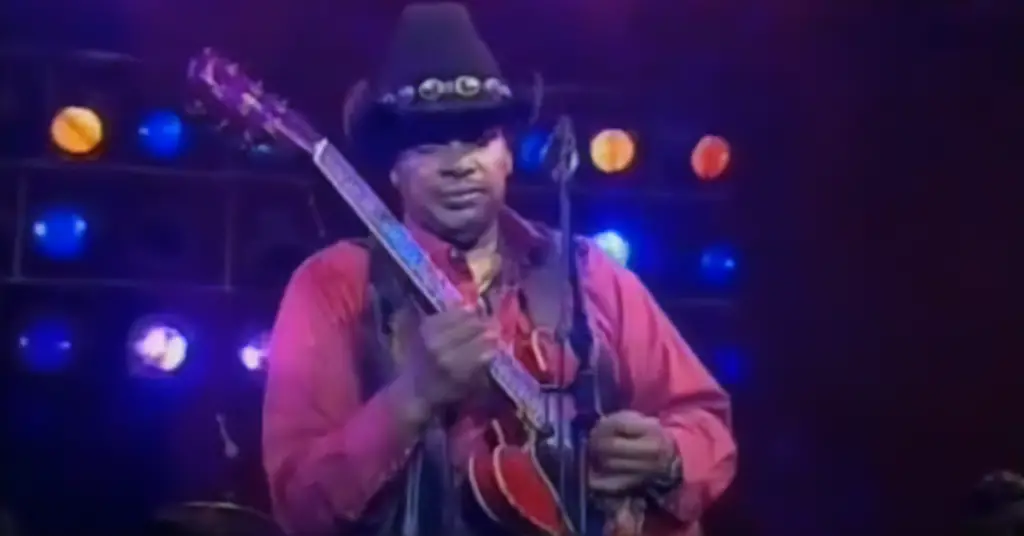
Otis Rush – The Voice That Broke My Heart and the Guitar That Healed It
I’ll never forget the first time I heard Otis Rush.
I was going through a rough patch—one of those moments in life where nothing feels right. I put on a random blues playlist, and then “Double Trouble” came on. That voice—aching, pleading—and the slow burn of the guitar…
It stopped me cold.
Otis Rush didn’t just play the blues. He lived it, and you could feel every ounce of it in every note he sang and played.
That was the beginning of a deep dive I’m still on.
Otis Rush became one of my go-to artists for when I need the truth in music—raw, honest, and beautiful.
Who Was Otis Rush?
Born in Philadelphia, Mississippi, in 1935 and raised in Chicago, Otis Rush was a left-handed guitar player who flipped the script—literally. He played a right-handed guitar upside down, giving his solos a distinct, soaring sound.
He was one of the major architects of the West Side Chicago blues sound, alongside greats like Buddy Guy, Magic Sam, and Luther Allison. But to me, Otis was always a little different.
He was more emotional, more vulnerable.
His guitar didn’t just cry—it screamed.
And that voice?
Unmistakable—a high, trembling tenor that made every line sound like a confession.
The Sound: Fire and Fragility
Otis Rush didn’t play to impress. He played to express.
- 🎸 Guitar: Smooth and stinging. His bends and vibrato were unreal—like the notes were alive and hurting.
- 🎤 Vocals: High, tense, and emotional. When Otis sang, it felt like he was teetering on the edge—and taking you with him.
- 🎶 Songs: Slow-burning heartbreakers, mid-tempo blues shuffles, and deep, soul-drenched stories.
His influence is massive—Stevie Ray Vaughan, Eric Clapton, Peter Green, and Carlos Santana all point to him as a hero.
The Albums That Brought Me to Tears
These are the Otis Rush records that stopped me in my tracks—and still do.
- 🎧 Right Place, Wrong Time (1976) – One of the best blues albums of all time. Raw, honest, and powerful. Otis at his peak.
- 💿 Ain’t Enough Comin’ In (1994) – His “comeback” album. Clean production, stunning performances, and that voice still piercing your soul.
- 🔥 Cold Day in Hell (1976) – Live cuts and studio tracks. The title track alone is worth the price.
- 🎙️ Double Trouble: The Cobra Recordings 1956–58 – Early Otis at his most vital. Includes “I Can’t Quit You Baby,” the song that started it all.
“I Can’t Quit You Baby” – Where It All Began
His first single on Cobra Records, “I Can’t Quit You Baby,” didn’t just make waves—it launched a new kind of blues.
It’s been covered by everyone from Led Zeppelin to John Mayall, but the original?
Untouchable.
The way Otis pleads, “I can’t quit you, baby…”
You believe him.
You feel him.
And that’s why it still hits just as hard today.
Seeing Otis Live: A Lesson in Emotion
I was lucky enough to see Otis Rush live once in the early 2000s, after his stroke but still performing occasionally. He wasn’t the same firestorm of earlier years, but even sitting down, gently coaxing notes out of his guitar, he had every soul in the room in the palm of his hand.
It was like watching a preacher who didn’t need to shout to move you.
He just was the blues.
Why Otis Rush Still Matters
Otis Rush’s music is timeless because it’s truthful.
He didn’t posture. He didn’t fake the pain.
He took everything he felt—heartache, love, loss, loneliness—and turned it into songs that still speak to people all over the world.
He paved the way for blues to be more than just riffs and shuffles—he made it emotional storytelling.
In my opinion, he belongs right up there with B.B. King, Albert King, and Muddy Waters.
Maybe he didn’t get the same spotlight.
But for those of us who found him—Otis Rush was the real deal.
Where to Start If You’re New
Here’s your Otis Rush starter kit:
- 🎧 Right Place, Wrong Time – Start here. It’s stunning.
- 💿 The Cobra Sessions – Early genius.
- 🔥 Ain’t Enough Comin’ In – For his late-career brilliance.
- 📺 YouTube: Search “Otis Rush live Japan,” “I Can’t Quit You Baby,” or “Double Trouble” to see his magic in action.
More at allmusic.com
Otis Rush didn’t play blues to impress you—he played to reach you.
And once he does, you never forget that sound.
🎸💙🔥

Video
Thank You
We appreciate your time and dedication to reading our article. For more of the finest blues guitar music, make sure to follow our Facebook page, “I Love Blues Guitar”. We share exceptional selections every day. Thank you once again for your continued support and readership.






